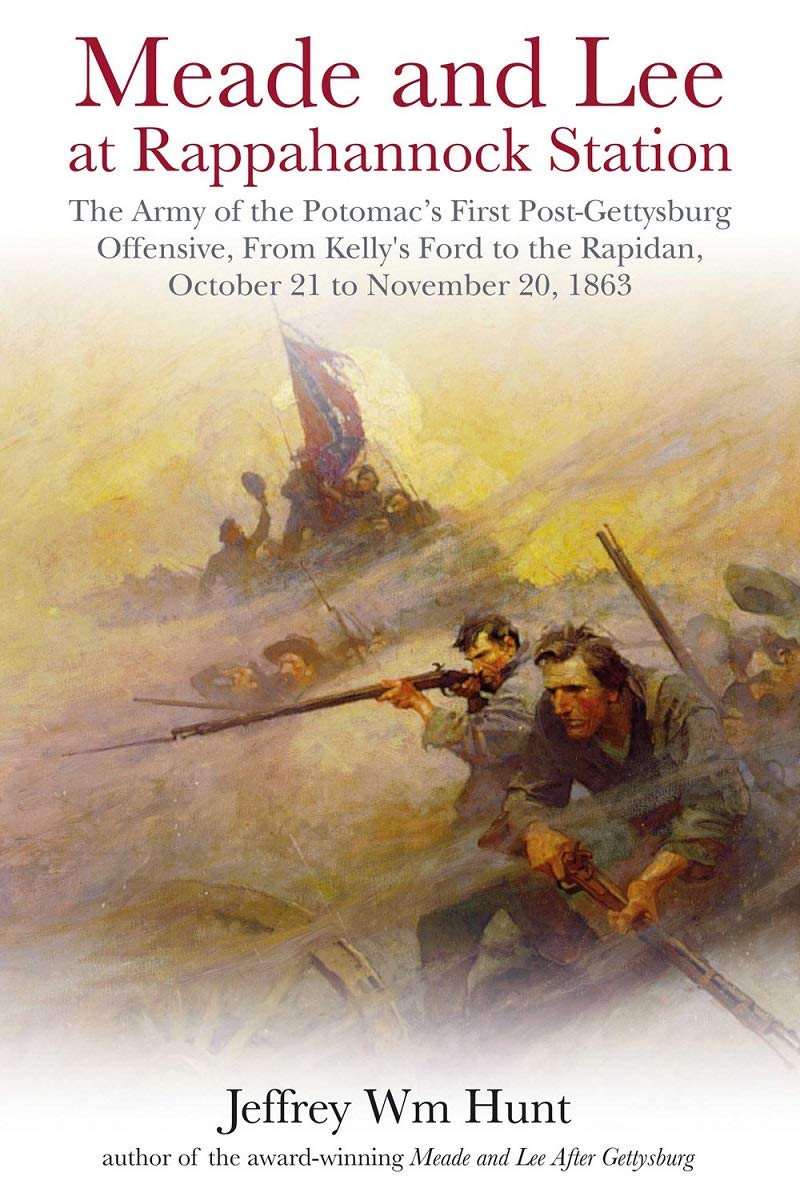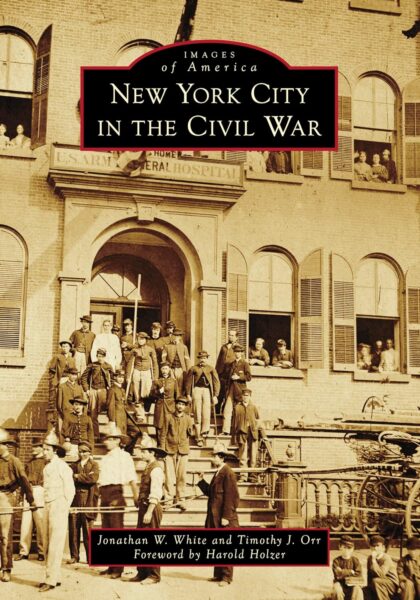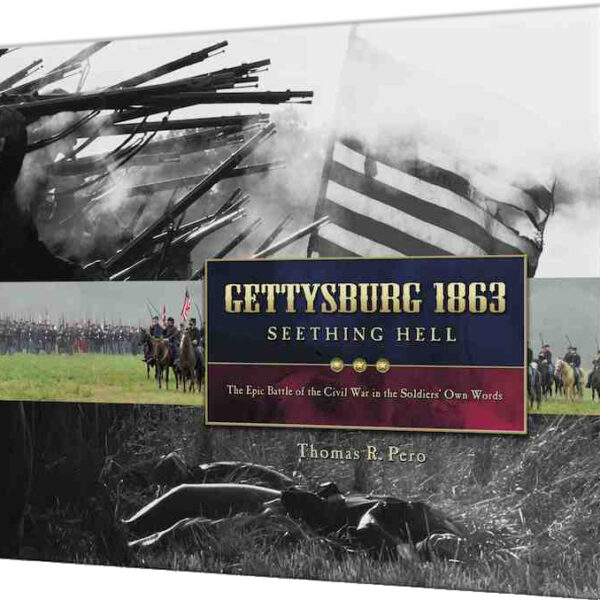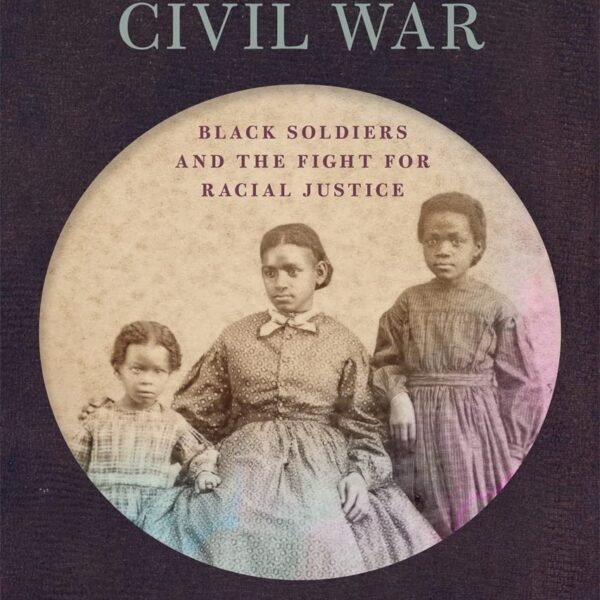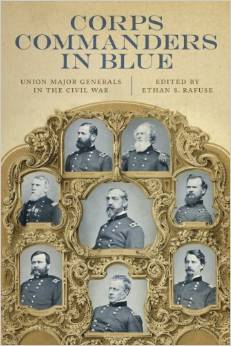While a bewildering number of books have been published about the Gettysburg Campaign and a considerable amount of ink has been spilled on the Wilderness Campaign, the absence of scholarship examining the intervening ten months is quite astounding. Historian Jeffrey William Hunt, director of the Texas Military Forces Museum, recognized this deficiency years ago and charted a course to rescue this neglected period. Beginning in 2017 with the release of his superb Meade and Lee after Gettysburg and followed two years later by Meade and Lee at Bristoe Station, Hunt has revealed the complex nature of the war in Virginia in the aftermath of the Army of the Potomac’s triumph at Gettysburg. Hunt’s latest volume, the third in a four-part series, brings clarity to a month of maneuvering and fighting in Culpeper County between late October and late November 1863.
Those familiar with Hunt’s previous volumes have been accustomed to his prodigious research, attention to detail, sharp analysis of strategic and tactical decisions, and engrossing examinations of battle. All of the hallmarks of Hunt’s previous works in this series are present in this splendid volume.
At the core of Hunt’s study are the circumstances surrounding the Army of Northern Virginia’s withdrawal to Culpeper County, Virginia, following Confederate defeat at the Battle of Bristoe Station in October 1863, General Robert E. Lee’s effort to slow the Army of the Potomac’s pursuit, and the engagements at Kelly’s Ford and Rappahannock Station on November 7, 1863.
Relying on a large cache of never-before utilized primary source material, Hunt masterfully reconstructs the twin Union victories along the Rappahannock River. While Hunt describes the attack of Union general William French’s troops against General Robert Rodes’ command at Kelly’s Ford and the Union assault launched by regiments in General John Sedgwick’s Sixth Corps against Confederate general Jubal Early’s division at Rappahannock Station with great precision, Hunt’s cogently crafted study offers much more than a detailed examination of the tactical evolution of these overlooked engagements.
One of the most important elements of any campaign or battle history is the manner in which the author conveys the human experiences of combat and how the experience of battle changed those engaged. Throughout this finely crafted book, Hunt relates stories of how the fighting at Kelly’s Ford and Rappahannock Station transformed some of its combatants. Among the myriad moments Hunt examines during the Battle of Rappahannock Station is the attack of the 6th Maine Infantry against that portion of Confederate earthworks defended by the 8th Louisiana Infantry. Amid the intense struggle in which Maine and Louisiana soldiers engaged in fierce, hand-to-hand combat, a sergeant from the 6th Maine—regarded as “intensely pious… known for praying earnestly every night regardless of place or circumstance”—was among the soldiers in the regiment who “seized primitive instincts” and “shed civilized inhibitions” (140). In the battle’s aftermath, this sergeant, “mortified by his own behavior,” urged the regiment’s Lieutenant Charles Clark to “forget his heroically blasphemous conduct” (140). Vignettes such as this, which appear throughout the book, underscore the reality that battle studies are about much more than colored blocks on a map, arrows noting directions of advance and retreat, and statistical tolls; they are a means through which to examine the transformative influence of combat, both in the moment and a battle’s aftermath.
Beyond Hunt’s first-rate examination of the fighting at Kelly’s Ford and Rappahannock Station, Confederate general Wade Hampton’s raid on November 18, 1863, the “annoying” incursions of John Singleton Mosby’s command, and how these actions influenced the morale in both armies, Hunt’s superb volume reveals much about the relationship between General George Meade, President Abraham Lincoln, and the War Department. Meade has too often been criticized for being too slow, indecisive, and cautious in the wake of the federal victory at Gettysburg. While Hunt is not shy about pointing out Meade’s shortcomings, his balanced study reveals the significant restraints that war planners in Washington placed on Meade.
There is little to criticize about this book. Hunt’s deftly written, exhaustively researched, and profusely illustrated history of a neglected period offers much for students of the Army of the Potomac and Army of Northern Virginia.
Jonathan A. Noyalas is director of Shenandoah University’s McCormick Civil War Institute and a professor in the history department at Shenandoah. He is the author or editor of fourteen books, including most recently Slavery and Freedom in the Shenandoah Valley during the Civil War Era.
